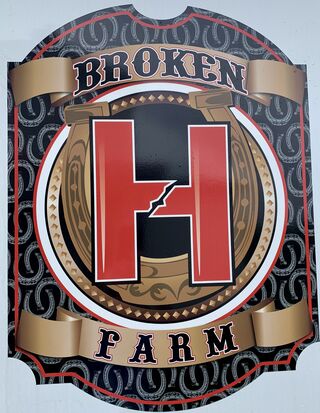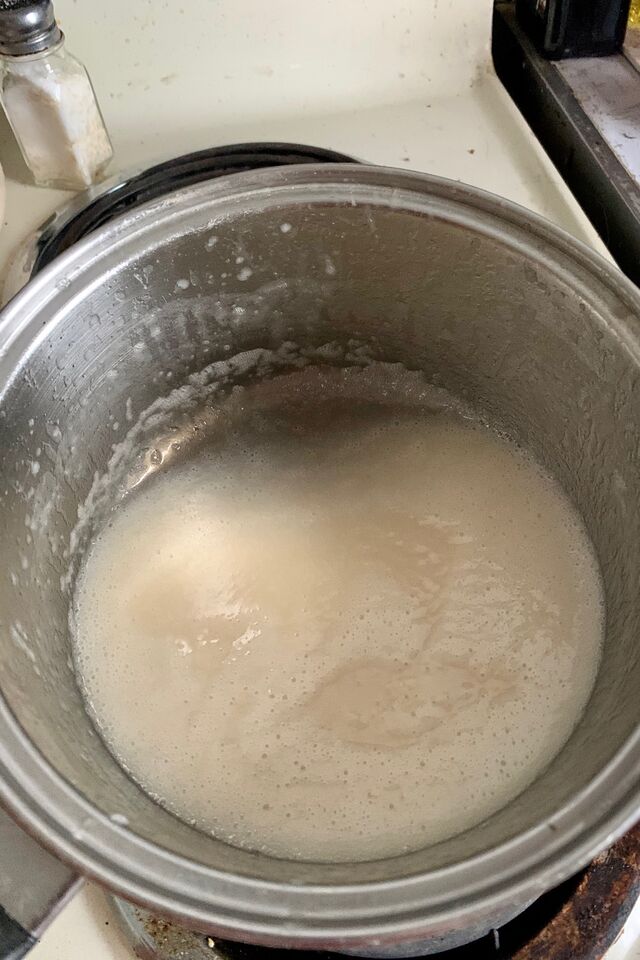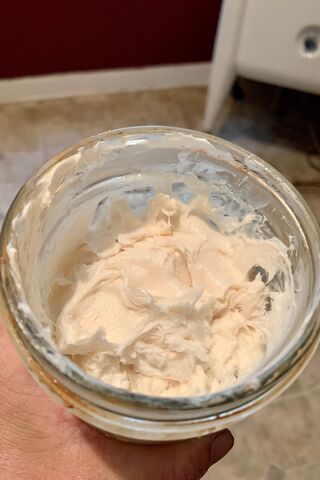Soap making
Sunday, July 17, 2022
My biggest goal is to leave the “rat race” in 2-3yrs and focus on homesteading. In order to do that, not only do I need multiple income streams from my farmstead but I also need to reduce my dependency on outside inputs. The addition of the bees this summer will assist in sugar needs and give an income stream with the sell of honey and wax. The pigs, goats and fowl not only provide food for my household but also income.
The lard from the pigs and the wood ash from the stove can produce soap for use and future sales.
I’ve wanted to make soap for a while but it had always turned me off when thinking of the expense of buying the products needed to make it. Why bother? One can easily purchase soap for less than the ingredients and time it takes to make it. Right? Our ancestors certainly didn’t run the to store to buy lye and other products for soap making, so why should I? That started me researching and experimenting.
So this past winter I gathered my ashes, gathered pine straw and some cheesecloth and I made lye water. This was done by taking a bucket with a couple holes drilled in the bottom, a layer of cheese cloth placed over them, about 3” of pine straw, then the ashes. Since I collect rain water, I slowly poured it in the bucket until the ashes were saturated and it began dripping from the bottom into the container I had placed under it. I let it drain overnight. Then I collected the lye water and poured it back through the ashes a second time. I collected roughly a quart of lye water. I carefully boiled it down to about 1/3, tested it with the egg method (which is amazing!) and decided it strong enough for the first try. The Guinea hog provides plenty of lard so no expense there either.
The recipe I used a simple one. 1cup melted lard to 1/2 cup lye water. You pour the lye into the lard. You must do this slowly! (No kids or pets around when you are soap making. Remember safety first!) Wear safety glasses to guard against any splashes during mixing. Then it’s mix, rest, mix, rest, repeat until trace is obtained. Then it must sit and cure for 2 weeks before it’s ready for use.
Soap made from ashes doesn’t set “hard” so you’ll never get a hard bar of soap but with the addition of salt, it does thicken up nicely. I simply put mine into a wide mouth pint jar and use it that way. A few drops of essential oil right before it’s placed in the jar, is a nice addition.
I’m definitely a novice and far from being ready to sell any soap product, but I am one step closer on my journey and reaching my goal.


